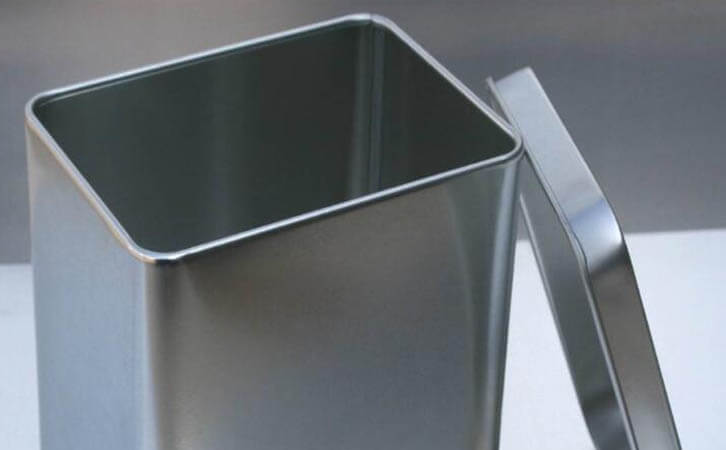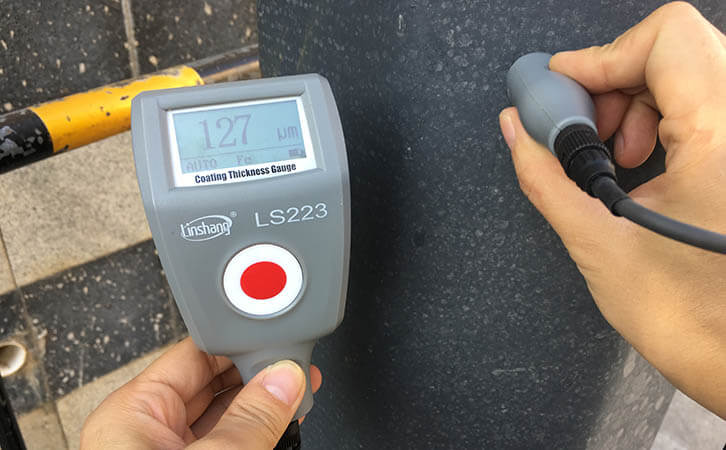Effect of Pretreatment Process on Coating Adhesion
Adhesion is essentially the force at the interface. It is the firmness between the organic coating and the substrate through physical and chemical interactions. It mainly includes two aspects: the ability of the organic coating bonding to the metal substrate and the organic coating. The degree of cross-molecular cross-linking, the greater the bonding force between the coating and the substrate, the better.

1. Degreasing
Degreasing and degreasing methods generally include mechanical degreasing and chemical degreasing. Mechanical degreasing is divided into simple manual polishing and wiping, sand blasting, ultrasonic cleaning and flame burning. Chemical degreasing mainly includes alkaline solution and organic solution cleaning. Its purpose is to remove dust, oil scale, water stains on the the substrate surface.
2. Rust removal
There are mechanical and chemical rust removal methods for rust removal of workpieces in flowing operation. Mechanical rust removal is mainly based on sandblasting and blasting. There are two purposes. One is to remove rust spots and surface oxide scales and old paint layers. At the same time as surface strengthening of the substrate, sandblasting can appropriately increase the substrate. The roughness of the surface increases the contact area between the substrate surface and the organic coating, which helps to improve the surface adhesion of the coating. The sandblasting particles use irregular quartz sand with a diameter of 0.5-1mm.
There are many methods for chemical rust removal, but acid cleaning solution is generally used to remove rus.
3. Measurement of metal coating thickness
In order to check whether the coatings such as metal anti-corrosion are qualified, we generally use a paint thickness tester to check. It is recommended to use Linshang LS223 paint thickness tester. This paint thickness tester uses magnetic thickness measurement and eddy current thickness measurement to measure the thickness of non-magnetic coatings on the surface of magnetic substrates. It can also be used to measure the thickness of non-conductive coatings on non-magnetic metal surfaces. The instrument adopts a separate design, which is very suitable for the narrow space of the steel frame. It is very convenient to view the data while measuring in complex environments. This instrument has the characteristics of fast response speed, high measurement accuracy, stable zero position without drift and durability. The coating thickness measurement is simple and convenient whether indoors or outdoors.
- High precision coating thickness gauge for used car
- Automotive paint protection films coating thickness gauge
- Plating Thickness Measuring Instrument for Detecting Anti-corrosion Coating
- Linshang LS220, LS191, LS160A– Necessary for Car Cover Inspection
- Coating Thickness Gauge for Second Hand Vehicle
- Zero Adjustment Step of Coating Thickness Gauge
